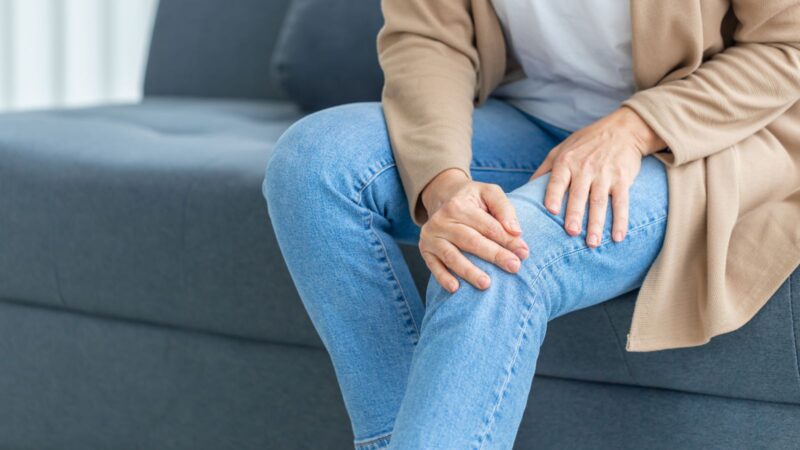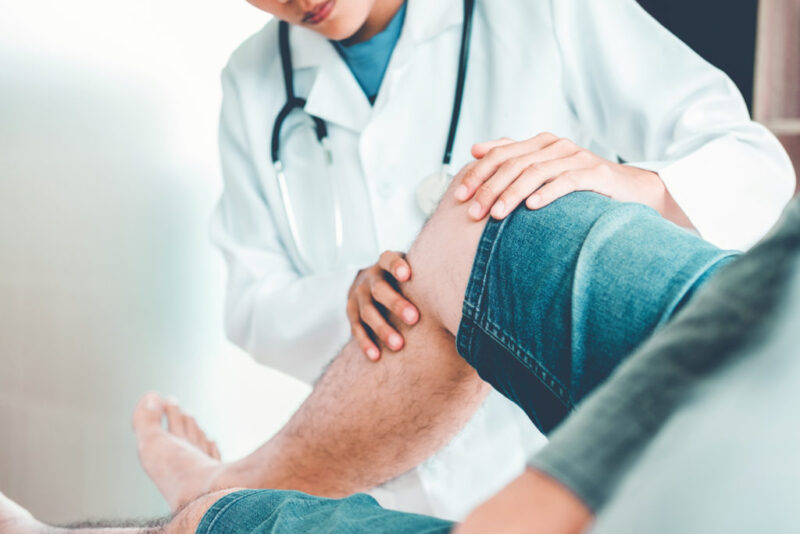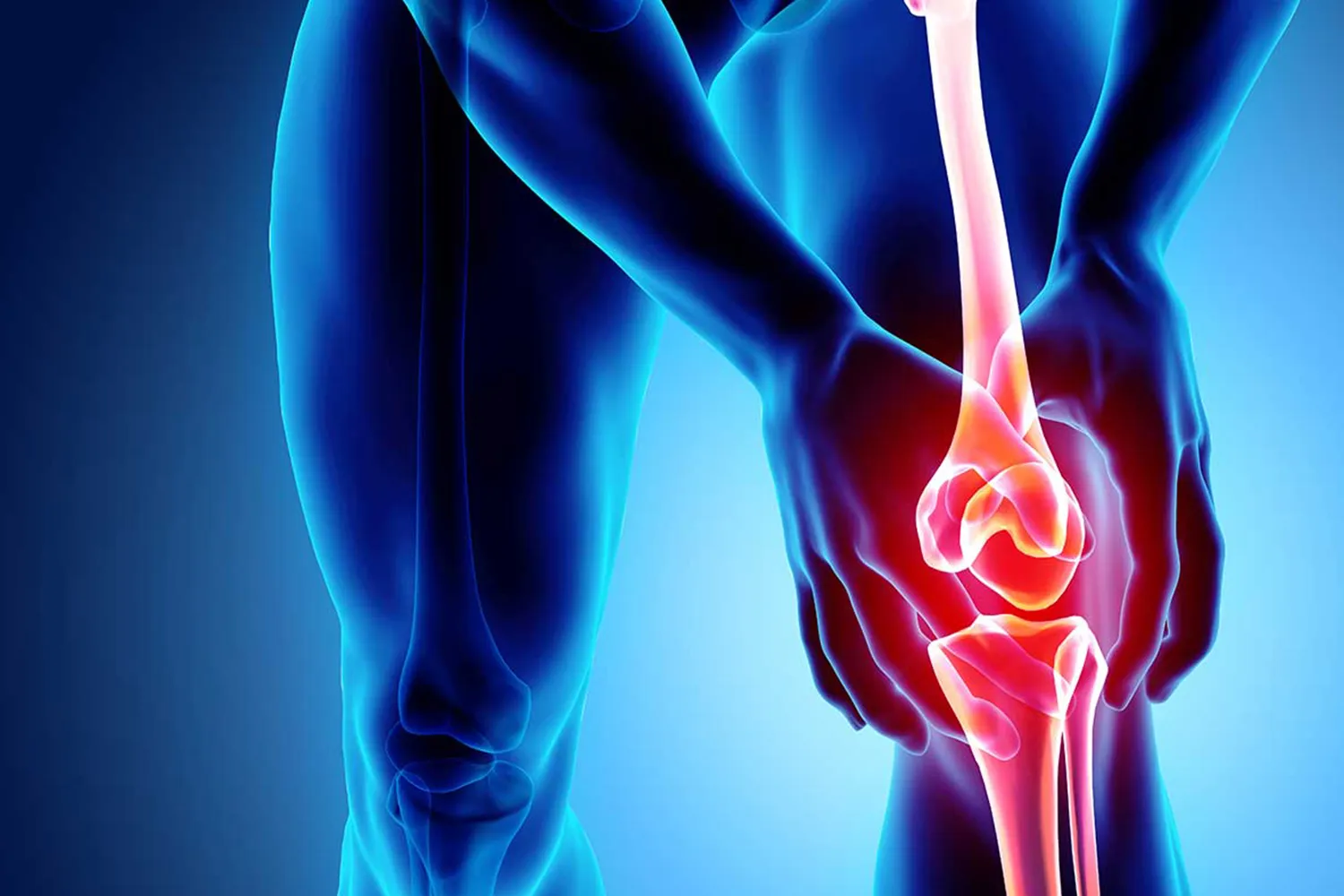If you have been dealing with knee pain, you are definitely not alone. It might be a dull ache when you get out of bed in the morning. Or maybe it is a sharp twinge when you bend down, climb the stairs, or go for a walk. Whatever it feels like, knee pain can make even the simplest daily activities uncomfortable or frustrating.
The good news is that there are many practical ways to manage it. What helps the most often depends on what is causing the pain, how long it has been bothering you, and how it affects your routine. Sometimes rest and simple changes are enough. Other times, you might need a bit more support.
If the pain sticks around, keeps coming back, or starts to get worse, it is worth speaking to a healthcare professional, such as a doctor or a knee specialist. Getting the right advice early on can make a big difference in how quickly and fully you recover.
What Causes Knee Pain in the First Place?
Knee pain can happen for many reasons. Sometimes it starts with a sudden injury. Other times it builds up slowly from overuse, wear and tear as you get older, or from an underlying health condition like arthritis. In many cases, it is a mix of these factors working together.
Here are some of the more common causes:
- Ligament injuries, such as ACL or MCL tears. These often happen during sports or accidents where the knee is forced to twist or bend unnaturally.
- Meniscus tears, which usually come from twisting your knee while it is bearing weight, like when you pivot suddenly.
- Tendonitis, often seen in people who do a lot of repetitive jumping, running, or other high-impact movements.
- Osteoarthritis, a degenerative joint condition that tends to appear with age and gradually wears down the cartilage in the knee.
- Patellofemoral pain syndrome, which causes pain around the front of the knee and is particularly common in runners or people who do a lot of squatting or stair climbing.
- Bursitis, which happens when the small fluid-filled sacs in your knee (called bursae) become irritated or inflamed.
Figuring out the actual cause of your knee pain is a key first step. Once you know what is behind it, you can choose the most appropriate way to treat and manage it.
Can I Treat Knee Pain at Home?

Yes, many cases of mild to moderate knee pain can be managed at home, especially if they’re caused by overuse or minor injuries. Basic at-home care options include:
- Rest – Avoid activities that aggravate the pain, especially high-impact movements.
- Ice – Apply ice packs wrapped in cloth for 15–20 minutes every few hours to reduce inflammation.
- Compression – Wearing an elastic bandage or knee sleeve can help limit swelling.
- Elevation – Keeping the leg raised above heart level helps reduce fluid build-up.
- Over-the-counter medication – Paracetamol or non-steroidal anti-inflammatory drugs (NSAIDs) like ibuprofen can relieve pain and reduce inflammation.
If your symptoms do not improve or start to worsen, consider seeing a healthcare professional for further assessment.
What Exercises Can Help Relieve Knee Pain?
Alt text: man-performing-calf-stretch-against-rail-to-improve-knee-mobility-and-strengthen-leg-muscles
Targeted exercises can help relieve knee pain by strengthening the muscles around the joint, improving stability, and increasing flexibility. If you’re unsure about proper form or feel discomfort, it’s best to seek guidance from a healthcare professional.
1. Low-impact strengthening exercises
Straight-leg raises (lying down or seated), Quad sets (tightening the thigh muscle while keeping the leg straight), Hamstring curls, Heel slides
2. Stretching and mobility work
Calf stretches, Hamstring stretches, Quadriceps stretches
3. Balance and control exercises
Mini squats, Step-ups on a low platform, Single-leg stands
If you notice more pain while doing these exercises, stop and speak with a physiotherapist or knee specialist.
When Should You Seek Medical Attention for Knee Pain?

You should seek medical attention if your knee pain:
- Lasts more than a few days without getting better
- Comes with swelling, redness, or warmth around the joint
- Makes it hard to put weight on your leg or move your knee normally
- Started after a fall, twist, or direct impact
- Involves locking, giving way, or a popping sound when it happened
These signs could point to a more serious issue, such as damage to cartilage or ligaments. Getting it checked early can help prevent things from getting worse.
What if My Knee Pain Doesn’t Improve?
Alt text: doctor-pointing-at-knee-xray-to-identify-structural-issues-in-non-responsive-chronic-knee-pain
If rest, ice, or physiotherapy are not helping, it might be time to explore further options with your healthcare provider. They may recommend additional tests or treatments to better understand what is going on and how to manage it.
- Imaging – X-rays or MRI scans can help identify structural problems like cartilage damage, ligament tears, or joint degeneration.
- Joint injections – Corticosteroids or hyaluronic acid may be considered to reduce inflammation or ease arthritis-related pain.
- Bracing or orthotics – These can help reduce pressure on the joint or address issues with alignment and movement.
- Surgical options – In cases where there is significant damage and other treatments have not worked, surgery such as arthroscopy, ligament repair, or even partial or total knee replacement might be discussed.
Surgery is usually considered a last resort. If it is recommended, the type of procedure and recovery time will depend on your specific condition and overall health.
How Can I Prevent Knee Pain in the Future?

Preventing knee pain often comes down to building strength, maintaining mobility, and making a few smart lifestyle choices. Taking care of your knees now can go a long way in avoiding problems later.
- Maintain a healthy weight to ease pressure on your knee joints
- Stay active with low-impact exercises like walking, swimming, or cycling
- Warm up properly before any sport or workout to prepare your joints and muscles
- Use correct technique when lifting, running, or performing repetitive movements
- Wear shoes that provide good support and match the demands of your activity
- Mix up your workouts to avoid stressing the same muscles and joints repeatedly
These habits can help protect your knees, improve overall joint function, and lower the risk of future pain or injury.
Summary ─ Taking Charge of Your Knee Health
Knee pain does not have to hold you back. Understanding what is causing the pain and taking early, thoughtful steps can make a real difference. Whether that means adjusting your daily routine, trying targeted exercises, or exploring physiotherapy, there are practical ways to manage discomfort and stay active.
Most importantly, pay attention to how your body responds. If the pain does not settle or starts getting worse, it is worth speaking to a healthcare professional. Acting sooner rather than later can help prevent long-term problems and keep you moving with confidence.

